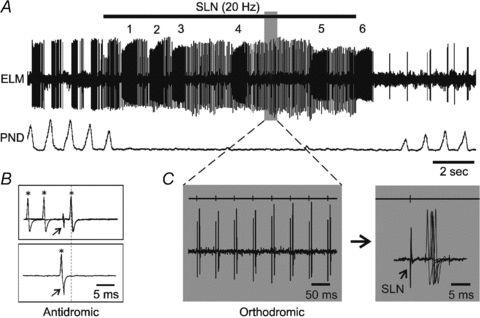Figure 2. Effect of 20 Hz stimulation of the superior laryngeal nerve (SLN).

A, extracellular recording of an expiratory laryngeal motoneuron (ELM) and phrenic nerve discharge (PND) neurogram. The ELM response includes at least two components: one is burst activity numbered 1–6; the other is orthodromic action potentials. B, antidromic response of the ELM to stimulation of the recurrent laryngeal nerve (RLN). The arrow indicates the stimulus artefacts. Asterisks indicate the ELM action potentials. In the top trace, spontaneous spikes that arrive more than 2.3 ms before the stimuli do not collide with the antidromic responses. However, a spontaneous spike in the bottom trace that arrives just before the stimulus (partly overlapped) collides with the antidromic responses (dotted line). C, expansion of orthodromic response in the shaded area from A. The right panels show the first six orthodromic action potentials from the left on a longer time base, with point of stimulation of the SLN indicated above the trace (arrow in the panel on the far right).
